Search
Search Results

Video
Ten Minute English & British History #10 - The Angevin Empire & Richard the Lionheart
This episode covers the rise of the House of Anjou/Plantagenet and the birth of what some historians call the Angevin Empire. The episode covers the reigns of two kings, Henry II of England and Richard I of England, better known as Richard...
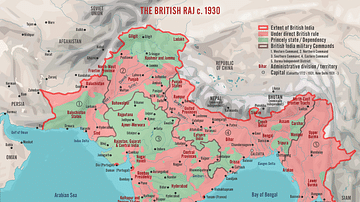
Image
The British Raj c. 1930
A map illustrating the extent and composition of the British Raj (from Hindi for kingdom, government) - a period of direct British rule over the subcontinent of India that started in 1858. After the Sepoy Mutiny of 1857, the Act for the Better...
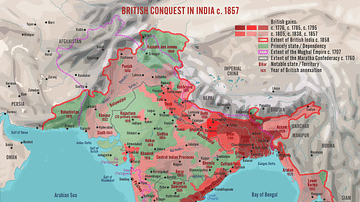
Image
British Conquest in India c. 1857
A map illustrating the aggressive, opportunistic, and, most times, chaotic expansion of British rule in the Indian subcontinent following the Battle of Plassey (1757) until the eve of the Indian Rebellion of 1857 through the East India Company’s...
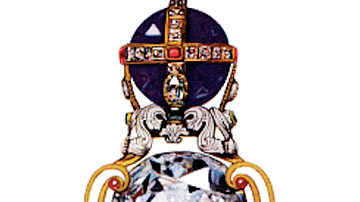
Image
British Sovereign's Sceptre with Cullinan I Diamond
The Sovereign's Sceptre with Cross of the British Crown Jewels. The sceptre was made in 1661 CE and the large stone is the Cullinan I diamond, added in 1911 CE. The diamond weighs 530 carats and is also known as the Star of Africa. The British...
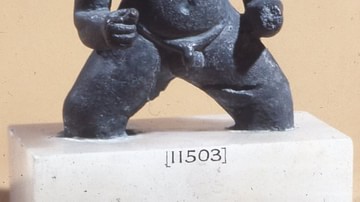
Image
Bes Figurine, British Museum
Bronze figure of Bes, with aegis of Amun on his head, from the New Kingdom of Egypt.
The British Museum, London.
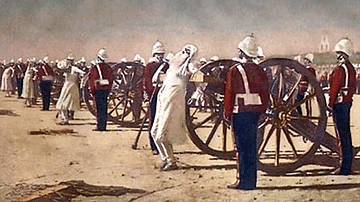
Image
British Executing Prisoners Using Cannons
A late-19th century painting showing British soldiers executing prisoners by tying them to a cannon and firing the weapon. This type of execution was not uncommon, particularly after the Sepoy Mutiny in India (1857-8)
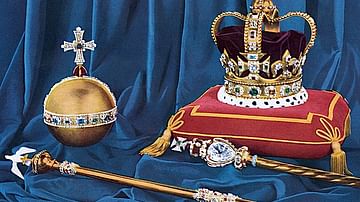
Image
British Crown Jewels
A few items from the British Crown Jewels. The St. Edward's Crown (1661), the Sovereign's Sceptre with the Cullinan I diamond (1685, diamond added in 1911), the Sovereign's Orb (1661), Queen Mary II's Sceptre with dove (1689) and the Sovereign's...

Image
Dionysos, British Museum
Dionysos, god of wine, can be seen holding a bunch of grapes and crowned with a vine wreath. The statue stands 1.75 metres tall, is made of marble, and dates to the 2nd century CE. It is likely to be a Roman copy of a Greek original dating...
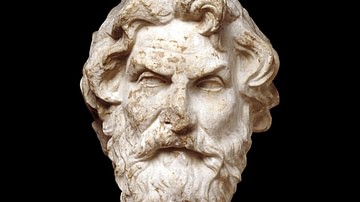
Image
Antisthenes Bust, British Museum
A portrait of the Greek philosopher Antisthenes (c. 450-370 BCE), founder of the Cynic school of philosophy. Roman copy of a lost Greek original c. 300 BCE. (British Museum, London)
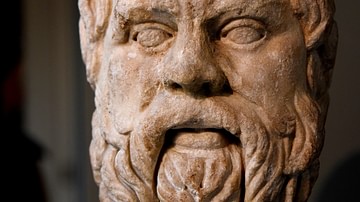
Image
Socrates Bust, British Museum
Socrates (469-399 BCE) was the intellectual father of Greek philosophy. His self-denying pursuit of true knowledge brought him into conflict with the piety laws of his native Athens, where his eventual prosecution led to enforced suicide...